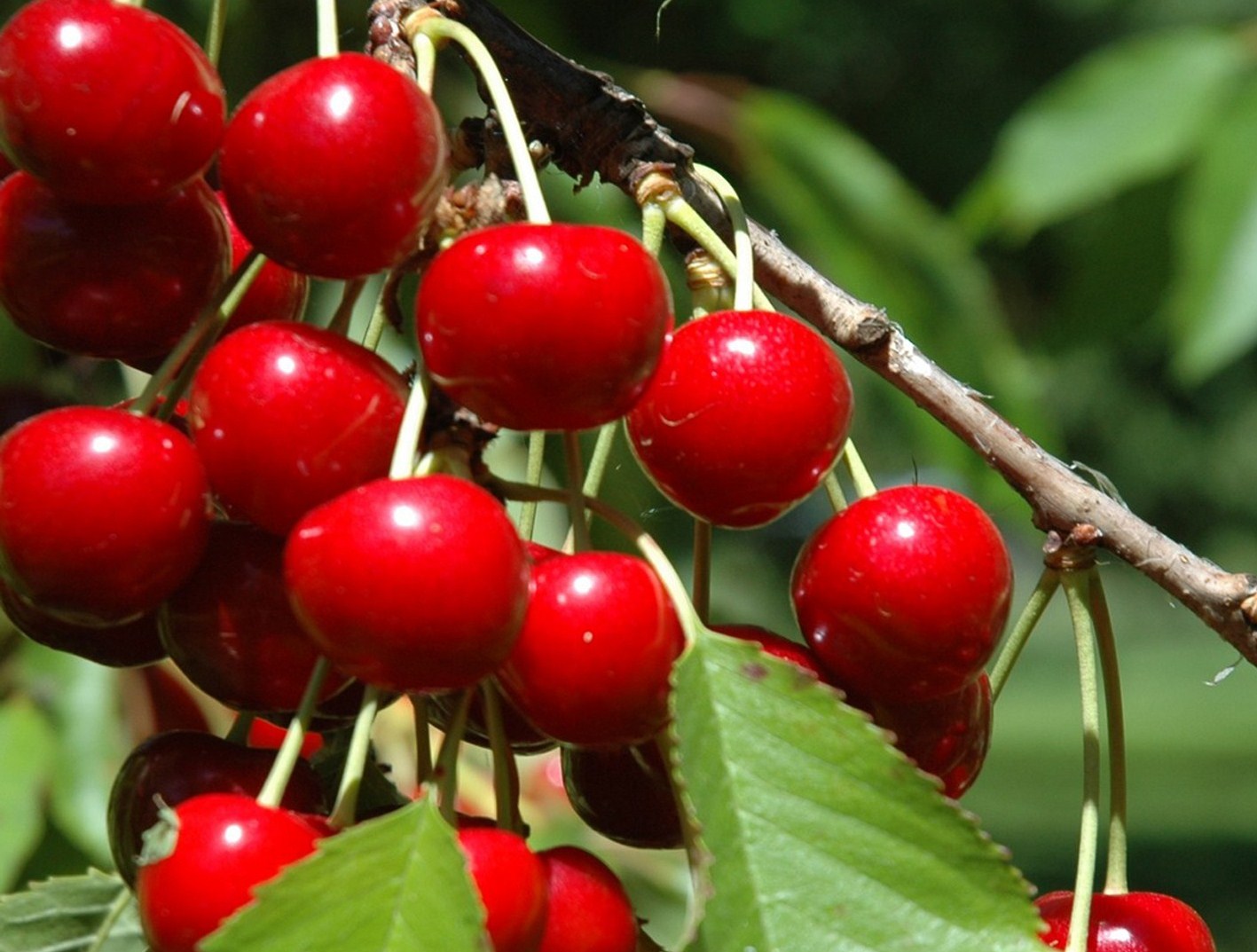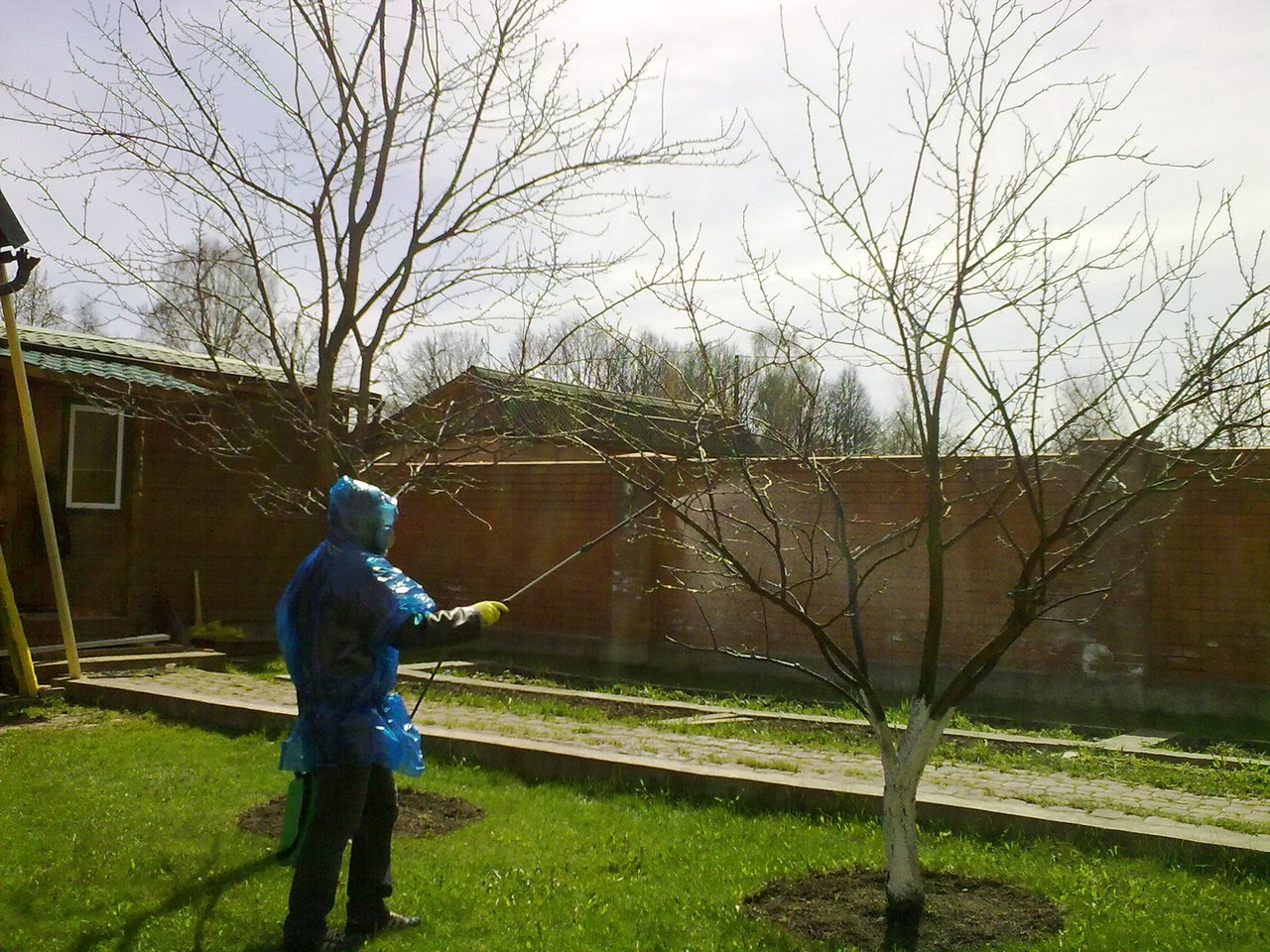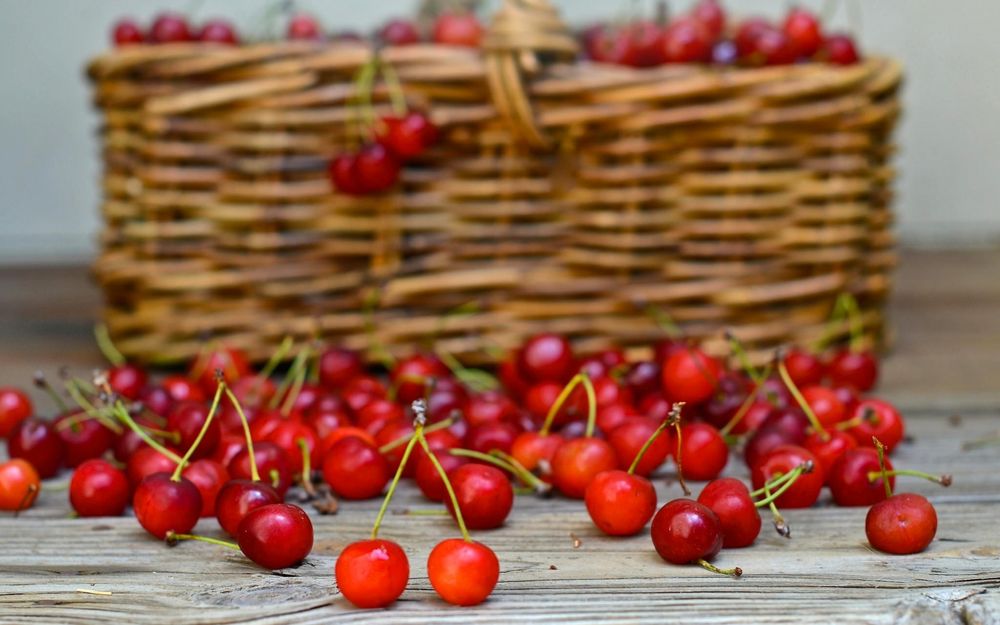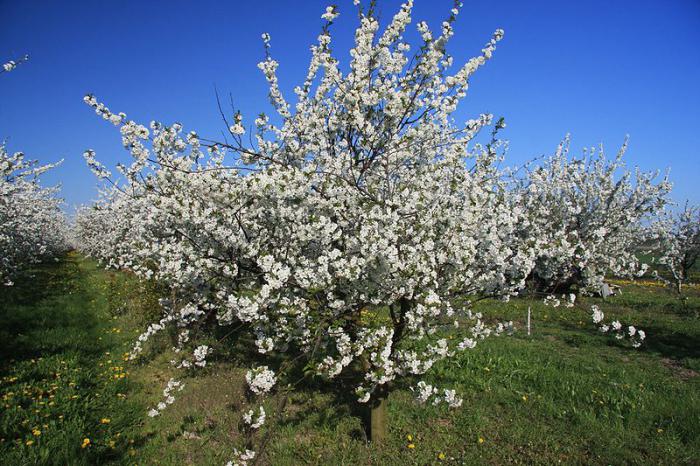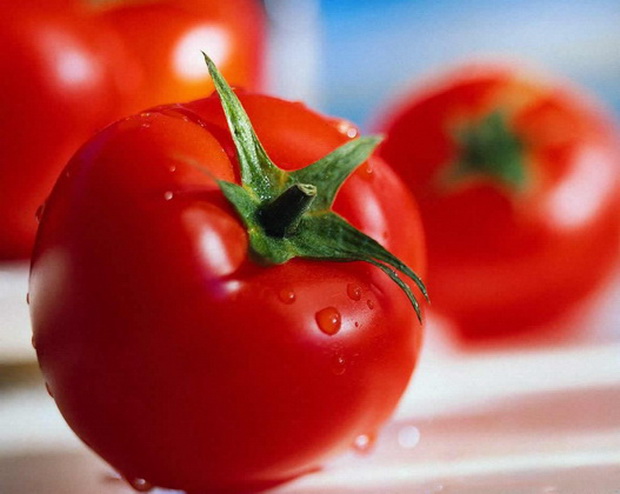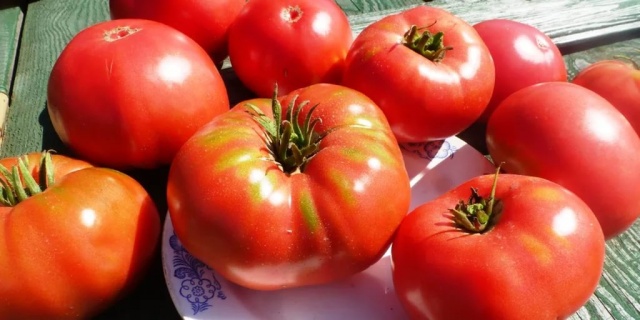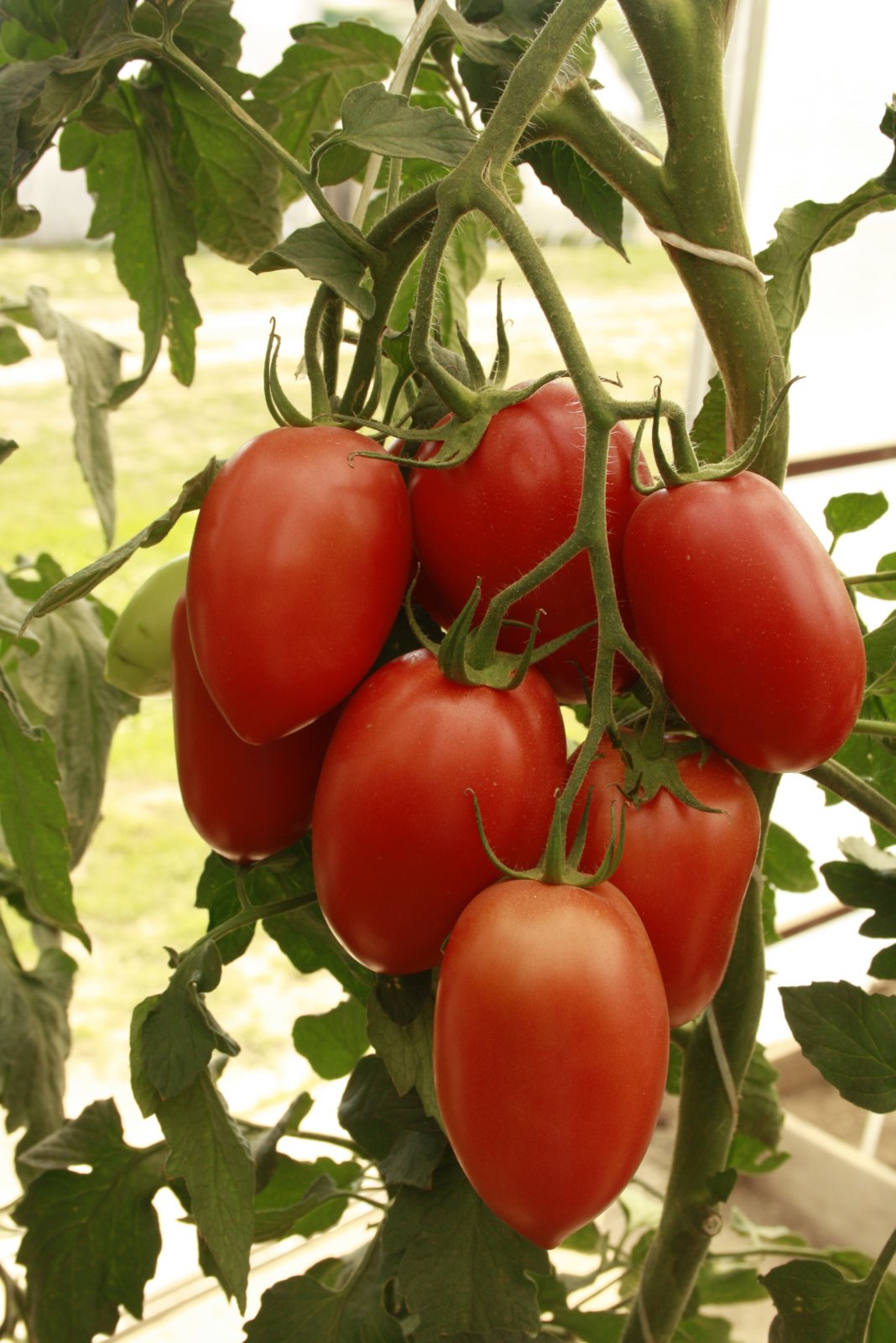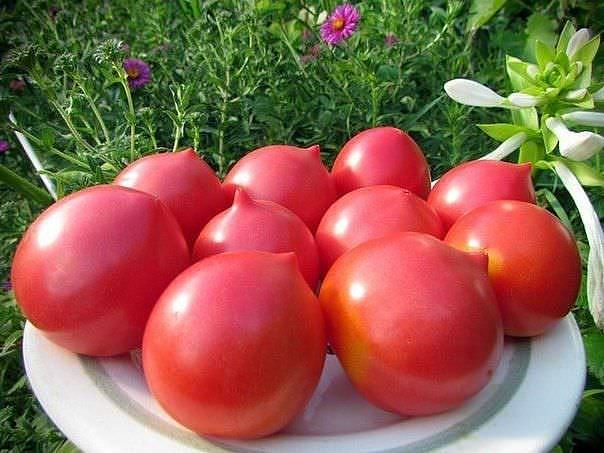Content:
The Zhelannaya hybrid was created by crossing the varieties Griot Ostgeimsky, Felt and Stepnoy. The variety has become widespread due to its ability to endure frost in Siberia without shelter. The hybrid is a basic crop for the creation of new species adapted to the cold and arid conditions of the Siberian and eastern regions of culture. Bring the hybrid to the Research Institute of Horticulture of Siberia named after M.A. Lisavenko in 1990.
Cherry Zhelannaya: variety description
Varietal characteristics include the height of a bush with a height of 2.5 meters with a multi-stemmed crown of medium density. Trunks and branches are brown with pointed light green leaves with short stalks. Fruiting occurs in 3-4 years, bears fruit in one area up to 30 years. It blooms with inflorescences from 2 to 6 pieces of white flowers with a pinkish tinge up to 25 mm in diameter.
The culture belongs to the middle late, ripening begins in the twenties of July. Fruits are round, flattened, up to 14 mm in diameter and weighing up to 3.5 g with dense red pulp, pleasant sweet and sour taste and a stone of about 0.2 g. Up to 12 kg are harvested from the bush in a favorable season, the average annual harvest is about 7 kg ...
The berry contains the following substances:
- Sugar 10.6%.
- Acids 1.6%.
- Tannins 0.26%.
- Vitamin C 20 mg / 100 g.
- Vitamin P 165 mg / 100 g.
The variety belongs to medium winter-hardy, drought-resistant, freezing of annual shoots and up to half of the buds in severe frosts is possible. The hybrid belongs to partially self-fertile plants; the varieties Maksimovskaya, Altai, Swallow, Subbotinskaya are suitable for pollination.
Growing features
Before planting, it is necessary to introduce humus up to 5 kg per square meter, wood ash - 200 g and superphosphate - 40 g. The planted plants are generously watered, at least 10 liters of water per 1 seedling. Last year's seedlings are planted with intact roots when warm spring weather sets in.
Care
Special care for cherry bushes is not required, the land is cleared of weeds, the soil is periodically loosened. After reaching the age of three, the tree is fed 3 times during the growing season with superphosphate, wood ash and potash fertilizers before bud formation, at the beginning of flowering and after leaf fall.
To get rid of pests, the bush is sprayed before flowering and after dropping the foliage with a solution of copper sulfate.
Pruning
In the spring, pruning is needed, immediately after the seedlings are planted, the main shoot is shortened by 15-20 centimeters, 2/3 of the branches are left on the side trunks, the rest is cut off. The procedure promotes the formation of an attractive crown and eliminates pests.
To form a spreading crown, no more than 6-7 developed branches are left, then you will get several trunks and a spreading crown in the bush. As the Zhelannaya cherries age at the age of 7-8 years, rejuvenation is performed, five-year branches are cut out and young shoots are cut off.
Harvesting types
Important: after picking the cherries do not ripen, so you need to pick ripe berries.
Small farms and summer residents use a manual harvesting method:
- Cut off with part of the stalk.
- Plucked with a handle.
- Tear off without a handle (milking).
Every summer resident or owner of the house is waiting for the moment when the long-awaited cherry after work and trouble will hit the table or will be sold.
Advantages and disadvantages
Variety advantages:
- Stable harvest.
- Hardiness to winter and drought.
- Good taste with large berries.
- Marketable condition.
Disadvantages:
- Poor coccomycosis resistance.
- Partial self-fertility.
- Freezing of young shoots.
The bred cherry felt Zhelannaya is cultivated throughout central Russia. The characteristics of the variety, unpretentiousness and undemandingness have made the shrub in demand and popular among summer residents and homeowners. The hybrid of felt cherry Zhelannaya, the description of the variety and its properties allow us to conclude that the cultivation of berry bushes in the middle lane and regions of Siberia in dachas and farms is promising.
